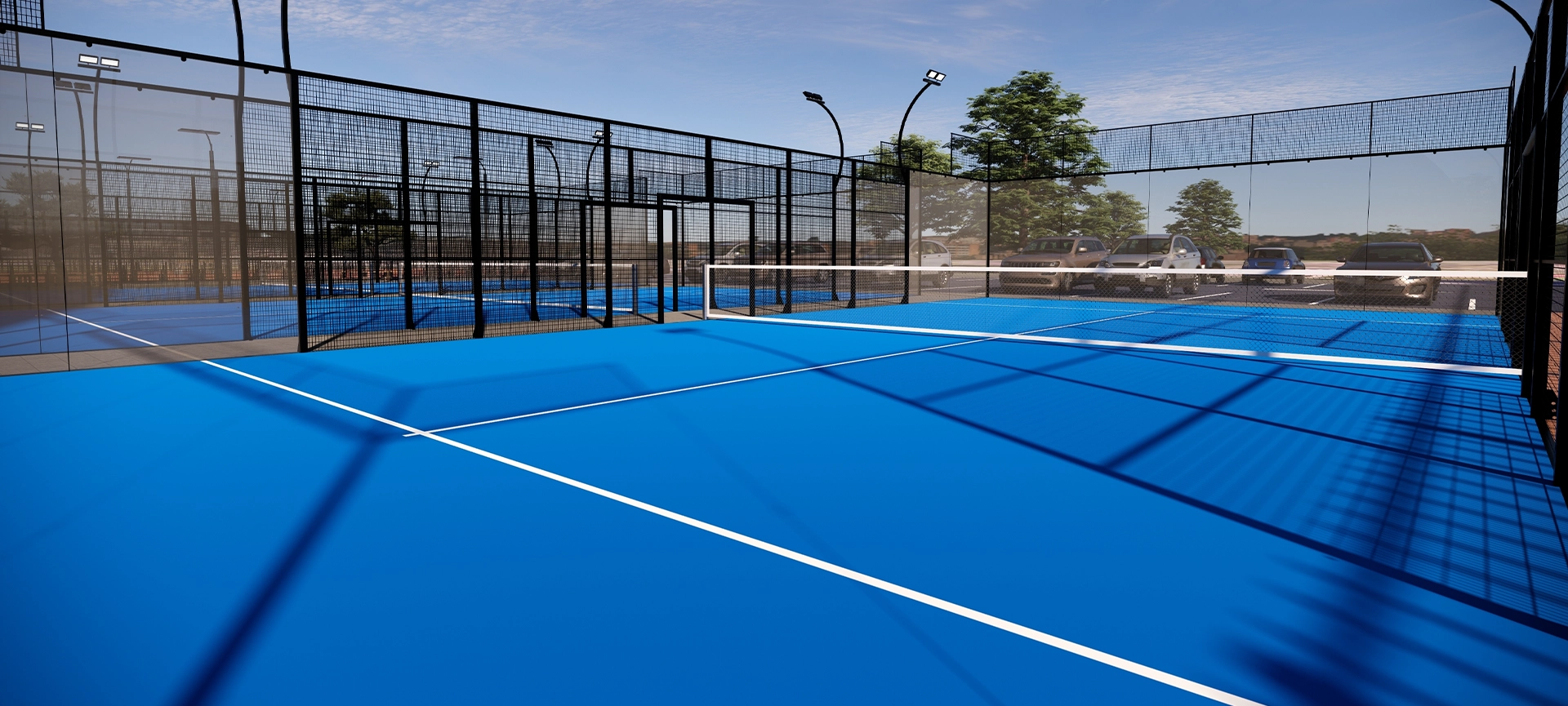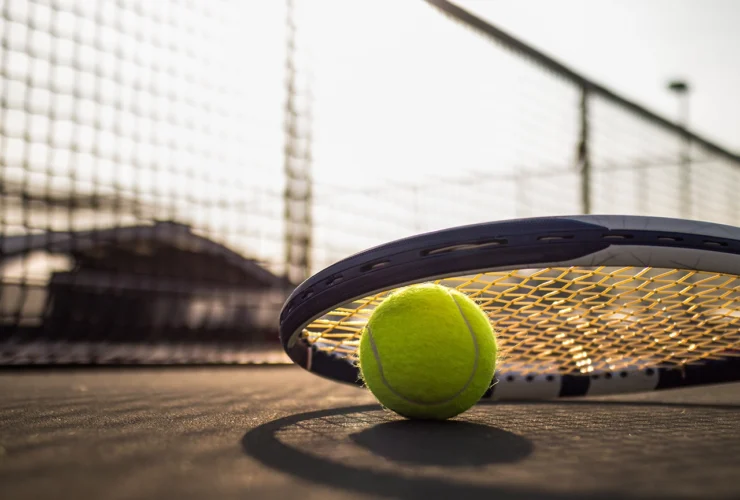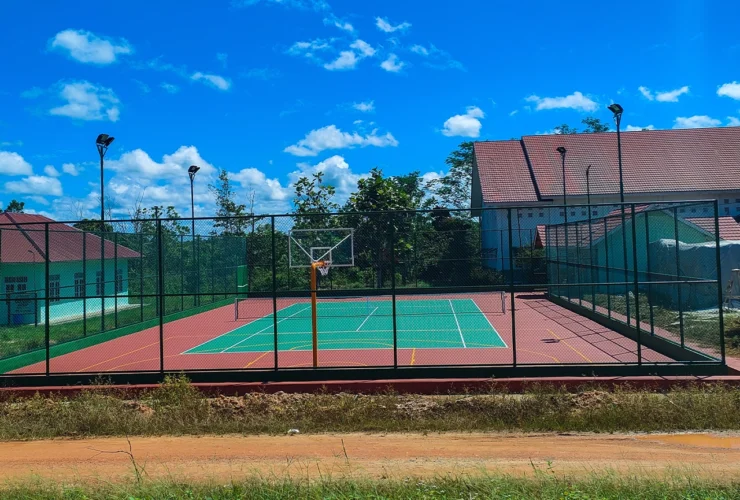How Much Does a Padel Court Cost?
Padel has become a popular activity in many areas, and Ontario is no exception. People appreciate the fast-paced rallies, the social aspect, and the fact that it does not require the same amount of space as traditional tennis.
As a result, community centres, sports clubs, and private residences across Ontario are showing increased interest in padel courts. Yet, a key question often arises: How much does it cost to build a padel court?
This blog will explore the various factors that can influence the total price of constructing a padel court. We will look at site preparation, material choices, and extra features that can raise or lower the final figure.
Related Article: How Long Does the Construction of a Sports Court Take?
Why Is Padel Popular?
Before diving into the numbers, it helps to understand why padel courts have become such a hot topic. Padel is often described as a blend of tennis and squash, played on a smaller court enclosed by walls or fences. The walls keep the ball in play, leading to longer rallies and a more interactive experience.
The growing popularity of padel in Ontario means more interest in constructing dedicated courts. However, the cost for a padel court can vary, depending on specific conditions and design choices.
Preliminary Site Work
The condition of the proposed site is a major factor in determining the cost. Some locations will require significant groundwork, while others might need minimal preparation.
- Land Clearing: If the spot is currently occupied by old structures or heavy vegetation, you may need to remove these obstructions. Removal services can add to the initial investment.
- Drainage Requirements: Water must be directed away from the playing surface. Installing trenches, drain pipes, or catch basins can become essential if the location is prone to pooling water.
- Grading: A smooth, level foundation is vital. Uneven surfaces can lead to cracks and uneven ball bounce. CrowAll uses laser-guided grading to achieve a precise slope and reduce future maintenance risks.
Related Article: The Process of Laser-Guided Grading: What to Expect and How It Benefits Your Sports Court
These actions, while sometimes costly, improve the stability and lifespan of the finished padel court. Addressing site issues at the start will help avoid costly repairs later.
Court Size and Layout
A standard padel court measures approximately 20 metres by 10 metres, although slight variations exist based on preferences or local guidelines. The enclosed design typically involves glass or mesh walls behind the baselines and mesh or another see-through barrier along the sides.
- Standard Dimensions: Ensuring you follow recognized padel guidelines helps maintain consistent play. This is a benefit if you ever plan to hold local tournaments or official events.
- Extra Space: Some facilities choose to include room for spectators or seating. Adding viewing areas or small walkways around the perimeter can raise the cost because of extra grading or paving requirements.
When finalizing measurements, keep in mind how much land you have available and whether you would like to include any additional elements next to the court.
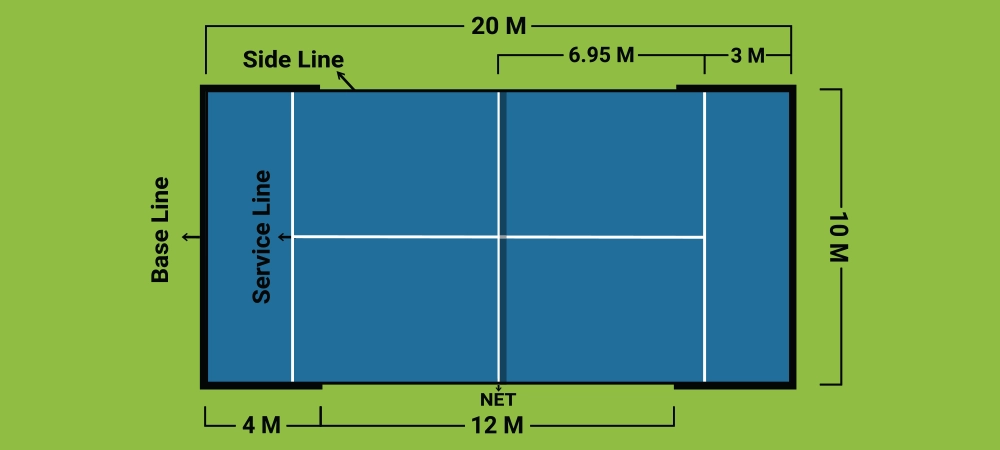
Materials and Surfacing
The choice of surface greatly affects the cost of your padel court. Each surface has its price range, playing characteristics, and expected lifespan.
- Artificial Turf
-
-
- Provides a comfortable feel underfoot and can reduce impact on joints.
- Varies in quality and thickness, which affects price.
- Often includes a sand infill to allow for better footing.
-
- Acrylic or Polyurethane
-
-
- Creates a firm surface with consistent ball bounce.
- May cost more upfront but usually requires less upkeep than turf.
- Can be a good fit for multi-sport areas.
-
- Concrete Base
-
- Acts as the stable layer beneath artificial turf or acrylic top layers.
- Must be poured and finished with care to avoid cracks.
- The size of the poured area directly influences labour and material expenses.
Different surface systems have pros and cons. For instance, turf might be less expensive initially, but it could need more frequent replacements. Acrylic systems often have a higher initial price, yet they offer good durability.
Fencing, Glass, and Enclosures
Padel courts feature an enclosed design that promotes continuous play and keeps the ball in motion. The cost depends on the materials and structure used to build these walls.
- Glass Panels
Many padel courts use glass at the back sections for better visibility. The thickness, height, and quality of glass influence the total price. - Mesh Fencing
The sides of a padel court are often made of galvanized steel mesh, providing a strong barrier that can handle repeated ball impacts. - Support Posts and Frames
The frames that hold glass and mesh must be sturdy. Thicker steel posts cost more but often provide greater stability.
These components are a must for a proper padel court, so it is wise to include them in your budget. Installing durable materials at the outset helps cut down on long-term repair costs.
Lighting and Electrical Work
Many Ontario facilities want to keep courts usable in the evening. Installing a lighting system makes padel accessible for more hours of the day, but it also boosts construction costs.
- LED Fixtures
Modern LED lights provide bright, even coverage and have lower energy consumption than older lighting methods. They have a higher up-front cost but can save money in the long run. - Pole Placement
The position of light poles should minimize shadows on the court. Pole heights and the number of fixtures influence the final cost. - Electrical Wiring
Trenching, running conduit, and connecting everything to the power source adds to installation expenses.
These upgrades provide a better experience for players and can attract more users, especially during darker months or late-night matches.
Extras and Amenities
Beyond the basics, you might want to include features that improve the overall player experience. These upgrades push the budget higher, so decide which ones are essential.
- Benches or Seating Areas
Simple benches may be more affordable, while covered seating is pricier. - Scoreboards and Displays
Electronic or manual scoreboards help track progress during matches. - Storage Spaces
A small shed or locker near the court can hold rackets, balls, and maintenance tools. - Water Stations
A spot for players to fill water bottles is convenient, though it requires plumbing work.
Any additions should align with your facility’s purpose. A private backyard might need only a basic bench, while a large sports club may opt for seating for spectators.
Related Article: How Much Does It Cost to Build a Pickleball Court?
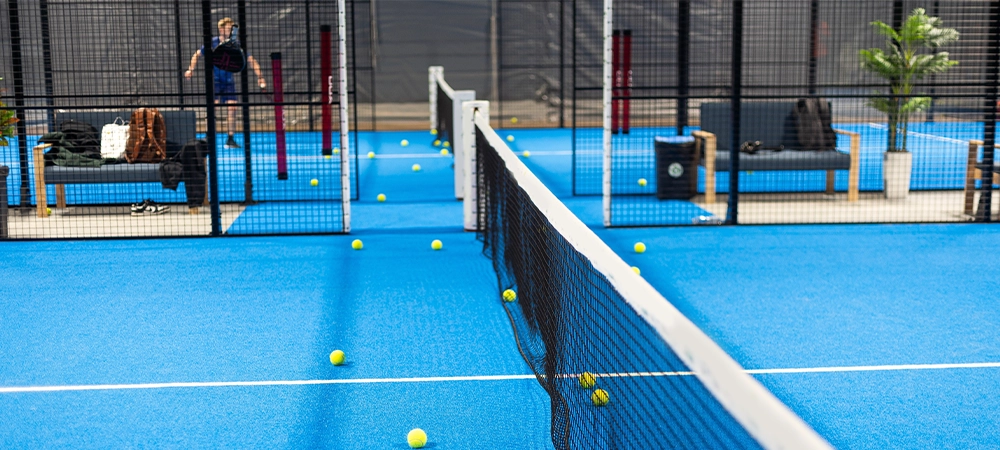
Estimated Cost Breakdown
A full breakdown can help you plan:
- Base Construction and Site Work
- May range from $15,000 to $30,000 or more, depending on clearing, grading, and drainage.
- Court Surfacing
- Varies from $15,000 to $40,000, influenced by material type, surface quality, and labour.
- Enclosure System
- Glass, mesh, and steel frames can add between $10,000 and $25,000 or higher.
- Lighting Installation
- Often between $5,000 and $15,000, depending on fixture quality and pole design.
- Extra Features
- Seating, water stations, or added amenities can add a few thousand to tens of thousands, based on complexity.
In total, a padel court might cost anywhere from $40,000 to over $100,000. The wide range reflects the varying site conditions and the level of customization you choose.
Related Article: How Much Does It Cost to Build a Home Basketball Court?
Invest in a Padel Court
The cost of a padel court can vary widely, influenced by site conditions, materials, enclosures, lighting, and extra amenities. You may spend around $40,000 if you stick to standard materials and do not have extensive site work. More complex builds with premium surfaces, advanced lighting, and added seating could exceed $100,000.
Crowall is equipped to guide you through this process, from analyzing your property to selecting the right surface system. Our laser-guided grading methods help deliver a stable base, and our range of products accommodates different budgets and performance goals.
If you are interested in exploring a padel court in Ontario, reach out to CrowAll for expert advice. By balancing quality, durability, and clear pricing, we help our clients create courts that stand out and offer an engaging experience for all players.

